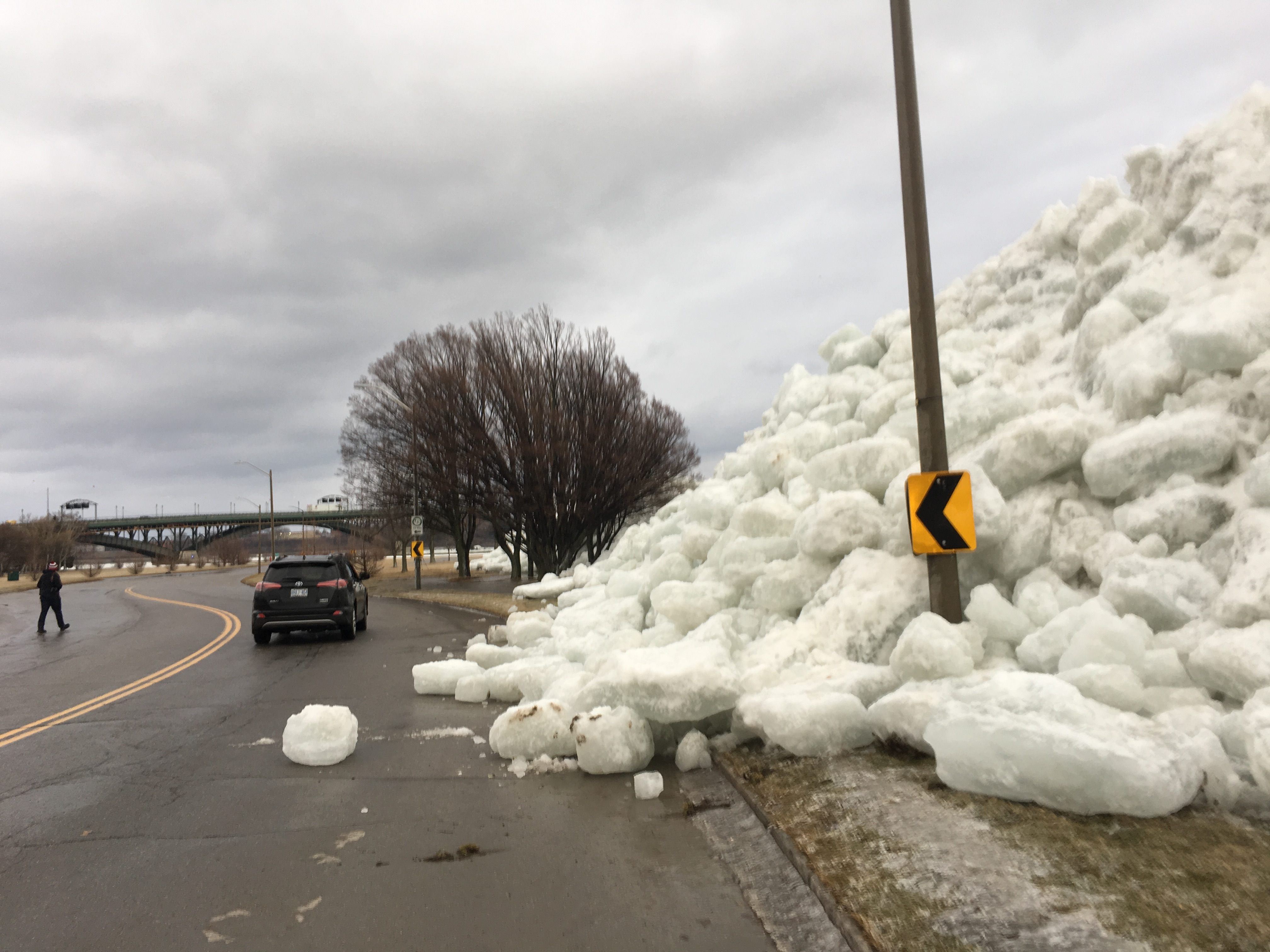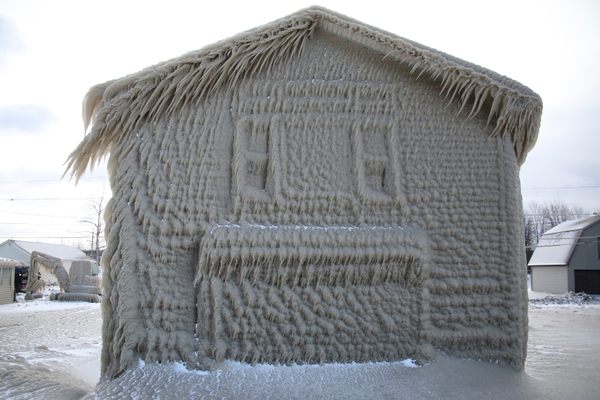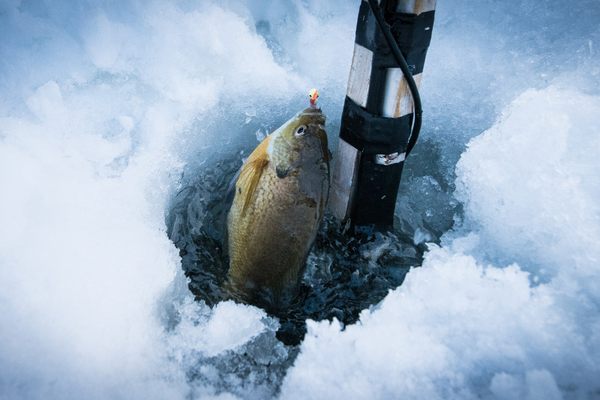What Is an ‘Ice Shove’?
“This is an impressive display of the power of wind and water!”

Until it melts, ice often stays put where it forms. Under certain conditions, though, it goes on an adventure, advancing over land. It might plod or rush over sand, grass, and asphalt, or even seem to leap from the water like sharp, shiny salmon.
That’s what happened in Fort Erie, Canada, last weekend, when hefty chunks of ice climbed partway up lampposts and tree trunks.
This phenomenon, sometimes called an “ice tsunami,” is also known as an “ice shove” or an “ice push.” It happens when there’s a perfect storm of factors, including fierce winds, loose ice, and a gently sloping shore, according to the European Geosciences Union.
That same day that ice roamed the streets of Fort Erie—which sits across from Buffalo, New York, on the shore of the Niagara River—blustery whiteout conditions led to collisions and road closures across portions of Ontario. The striking heaps of ice were reminders that the Great Lakes region sees some ferocious weather, which can sometimes turn lethal. The large freshwater lakes hide several thousand shipwrecks, including many that were lost to storms.
“I don’t think people take the Great Lakes seriously enough sometimes,” says Mark Robinson, a meteorologist with The Weather Network and a veteran storm-chaser, who reported from the scene. Robinson has trailed tornadoes and hurricanes, and an ice shove was on his bucket list of natural phenomena. He had a hunch that one might show up near Fort Erie, because the forecast had the wind ferrying ice floes toward the portion of Lake Erie at the mouth of the Niagara River. “I knew that the ice would jam up and be forced onshore as it moved into the river,” Robinson says.
And that it did. Robinson and his crew measured average sustained winds around 60 miles per hour, and gusts above 81 miles per hour (sustained speeds topping 74 miles per hour are considered hurricane-strength). “I’ve never seen ice moving that fast,” Robinson says. “It was crazy fast.” In some footage, which he shared with Atlas Obscura (above), Robinson chants “Here we go, here we go, here we go, here we go,” in enthusiastic awe as the ice sprawls on shore.
When it hopped onto land, it accumulated in unstable mountains. As these grew, Robinson and his crew measured the chunks with the tools they had handy, including their own hands and their microphones. The pieces were about 11 to 15 inches thick, and the piles were roughly 25 feet high.

“This is an impressive display of the power of wind and water!” Robinson shouted from the shore, above the growling wind. The cameras kept rolling while he backed away from the next wave of ice, which caused a heap to tumble down onto the sidewalk and break for the trees. There was a roar as the wind heaved more ice onto the pile—and the reporter and camera crew marveled with a chorus of “wow.”
Robinson says that locals crowded around to stare, captivated by the ever-growing pile. “There was nothing you could do to stop it,” Robinson says. “All you could do was get out of its way.”












Follow us on Twitter to get the latest on the world's hidden wonders.
Like us on Facebook to get the latest on the world's hidden wonders.
Follow us on Twitter Like us on Facebook